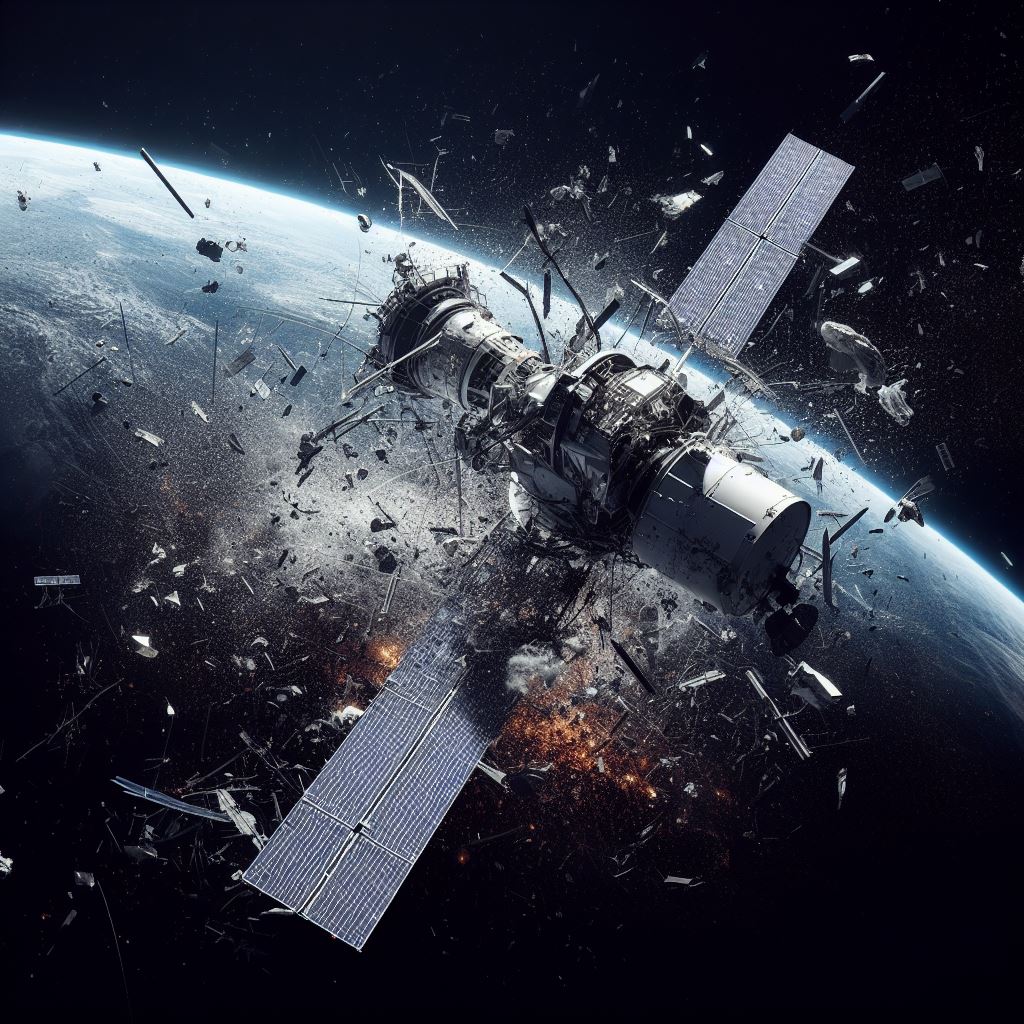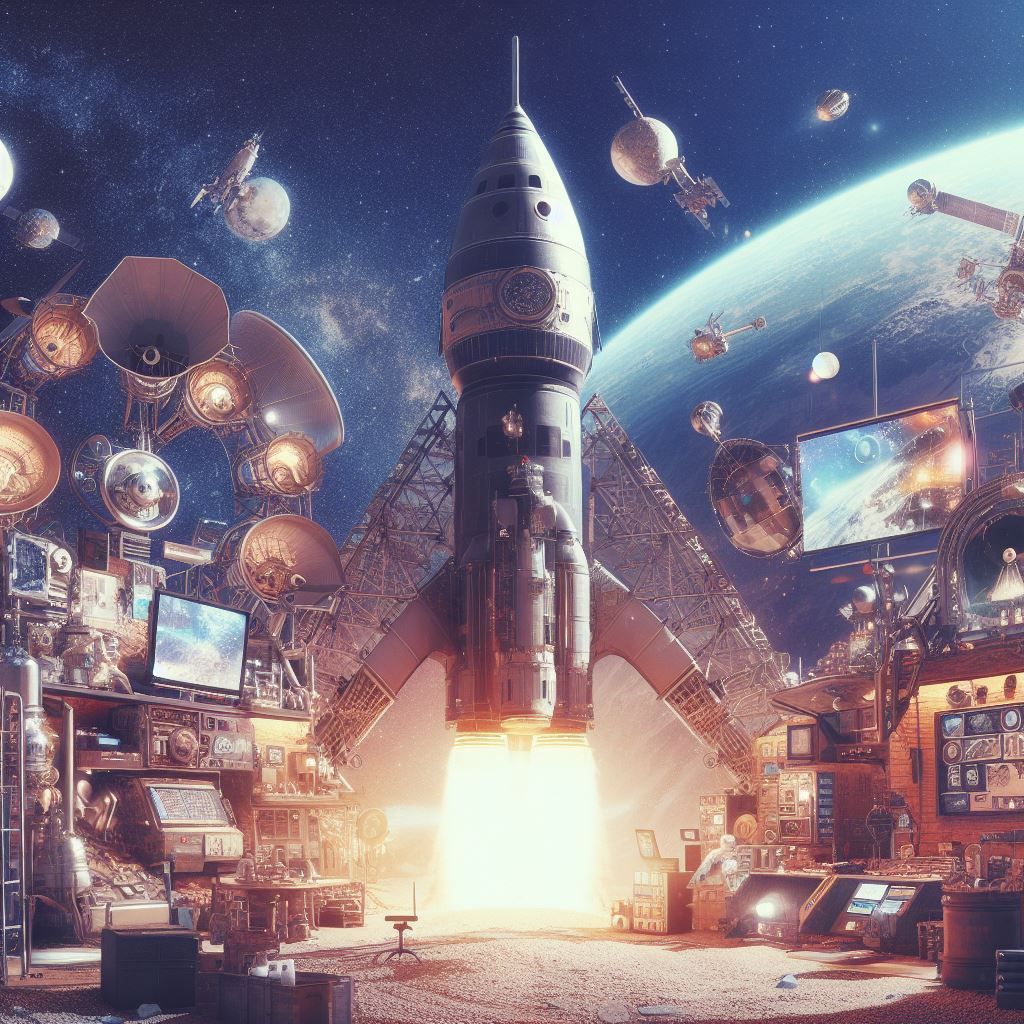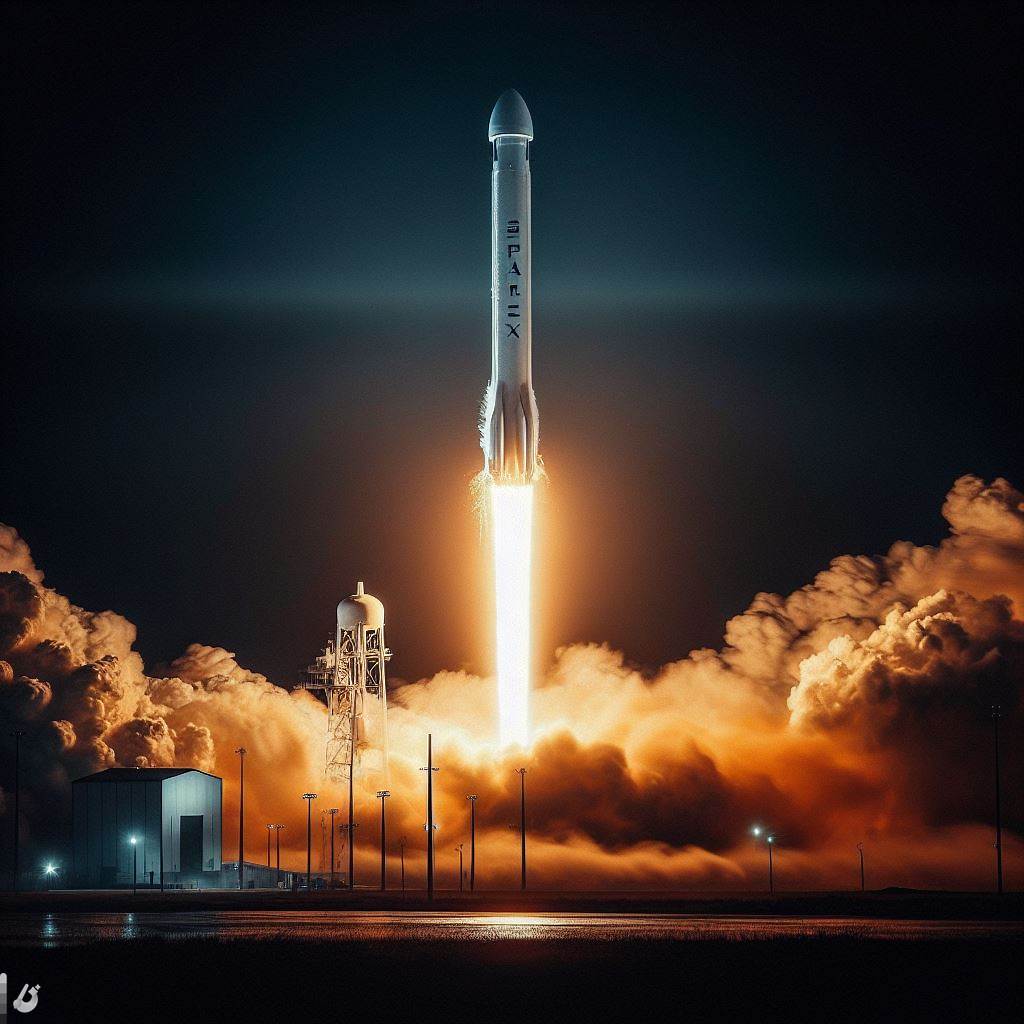· debris · 4 min read
Largest Satellite Debris Events
Space debris poses a mounting threat to both satellites and space missions. As we send more objects into orbit, the likelihood of collisions and subsequent breakups producing dangerous space debris increases. Recognizing the major events that have generated this dangerous space junk is pivotal in ensuring the safety of future space missions.
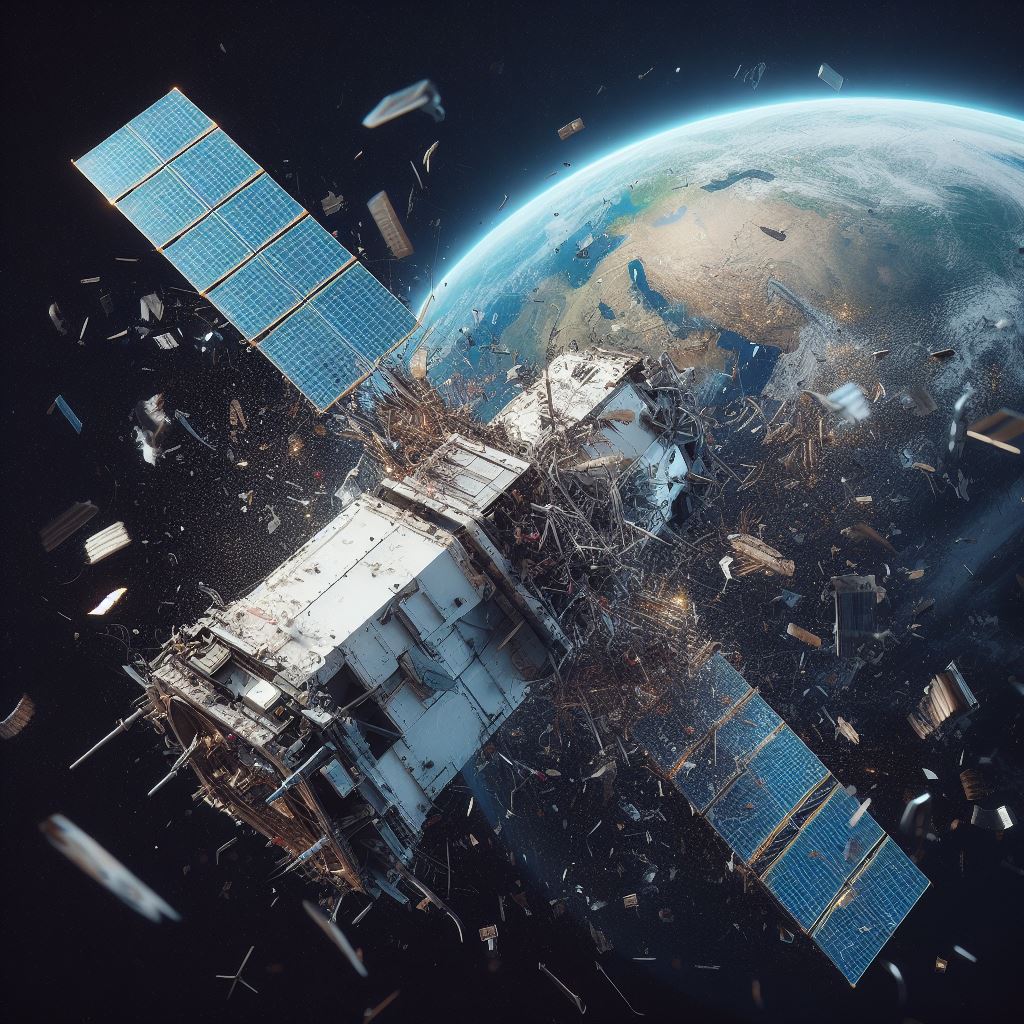
Overview
Space debris poses a mounting threat to both satellites and space missions. As we send more objects into orbit, the likelihood of collisions and subsequent breakups producing dangerous space debris increases. Recognizing the major events that have generated this dangerous space junk is pivotal in ensuring the safety of future space missions.
The Science Behind Satellite Debris
Space debris, or orbital debris, encompasses all defunct human-made objects in space. These can include:
- Nonfunctional spacecraft
- Abandoned launch vehicle stages
- Mission-related debris
- Fragmentation debris from satellite breakups
- Tiny particles, like paint flecks, which, due to their immense speed, can still cause significant damage to functioning spacecraft.
A satellite can transform into debris through several means:
- Retirement and Abandonment: Malfunctions or exhaustion of propellant might force a satellite to retire, leaving it as space junk.
- Collisions: Accidental or deliberate collisions can obliterate satellites.
- Breakups and Explosions: Issues like battery failures or minor collisions can result in explosions or breakups of satellites.
Space debris is perilous. Traveling at velocities reaching 17,500 mph, even a small piece can inflict catastrophic damage upon contact with operational spacecraft. Since its launch in 1999, the International Space Station (ISS) has performed over 32 debris avoidance maneuvers.
Factors Leading to Satellite Debris
The burgeoning space debris issue stems largely from escalating satellite launches over the decades. By October 2023:
- Over 6,000 satellites are in orbit.
- The U.S. Space Surveillance Network tracks more than 34,000 debris pieces larger than 10 cm.
- There are another 900,000 pieces between 1 and 10 cm in size, but we can’t track them reliably.
The primary contributors to space junk include:
- Abandoned defunct satellites and rocket stages post-use.
- Fragments resulting from satellite breakups due to explosions or collisions.
Despite existing guidelines, the international community has yet to establish a holistic framework to curb debris generation.
Largest Satellite Debris Events
2007 Chinese Anti-Satellite Test
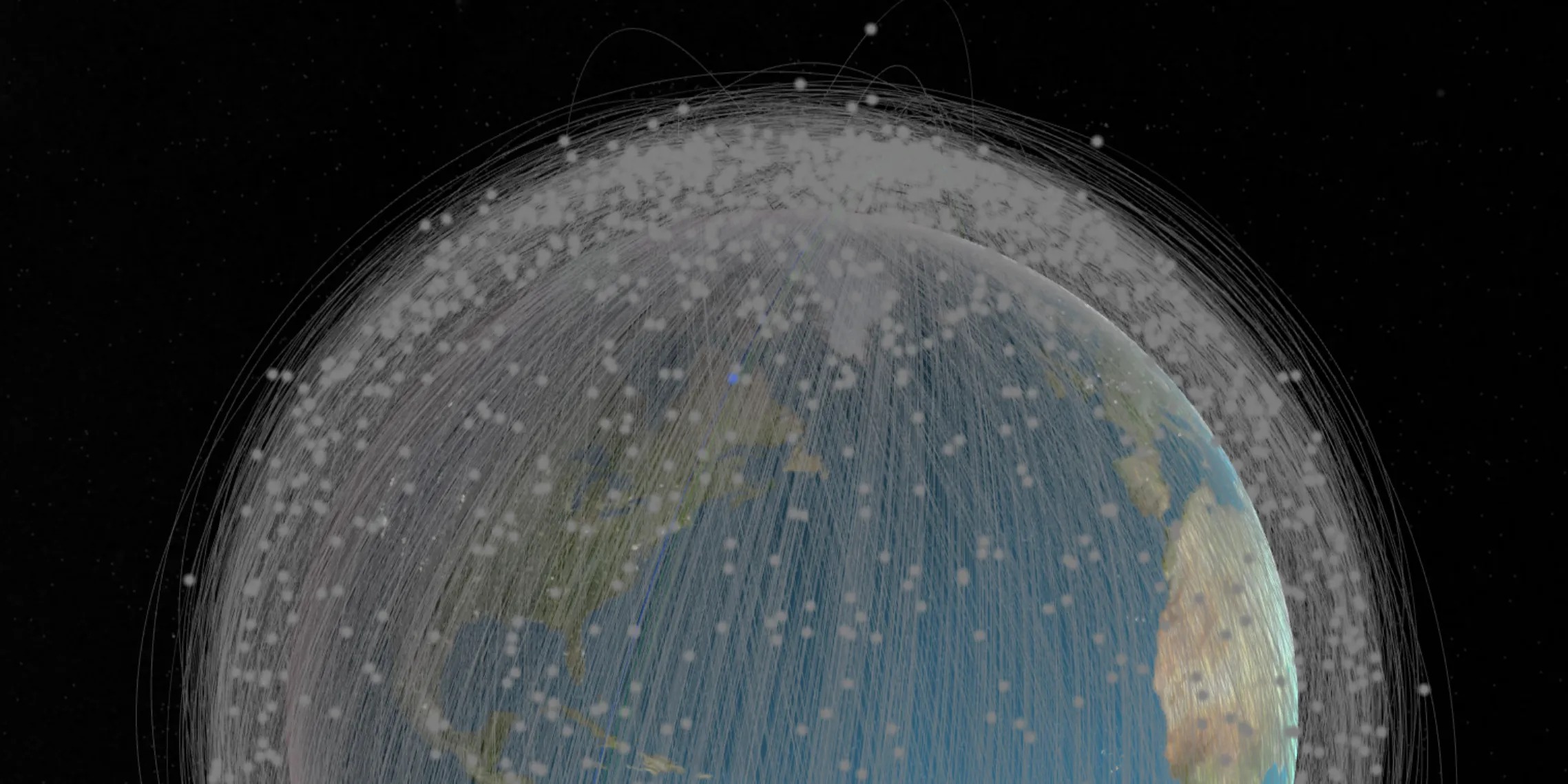
On January 11, 2007, China intentionally disrupted its Fengyun-1C weather satellite at an altitude of 865 km using a kinetic kill vehicle in an anti-satellite weapon test. The aftermath:
- Over 3,000 pieces of trackable debris emerged.
- Thousands of smaller fragments were generated.
- As of October 2016, 2,669 fragments from this test lingered in orbit.
This debris jeopardizes satellites operating in vital low Earth orbits and has necessitated evasive maneuvers by the ISS. Due to the debris’ altitude, these fragments will likely remain for several decades.
2009 Satellite Collision
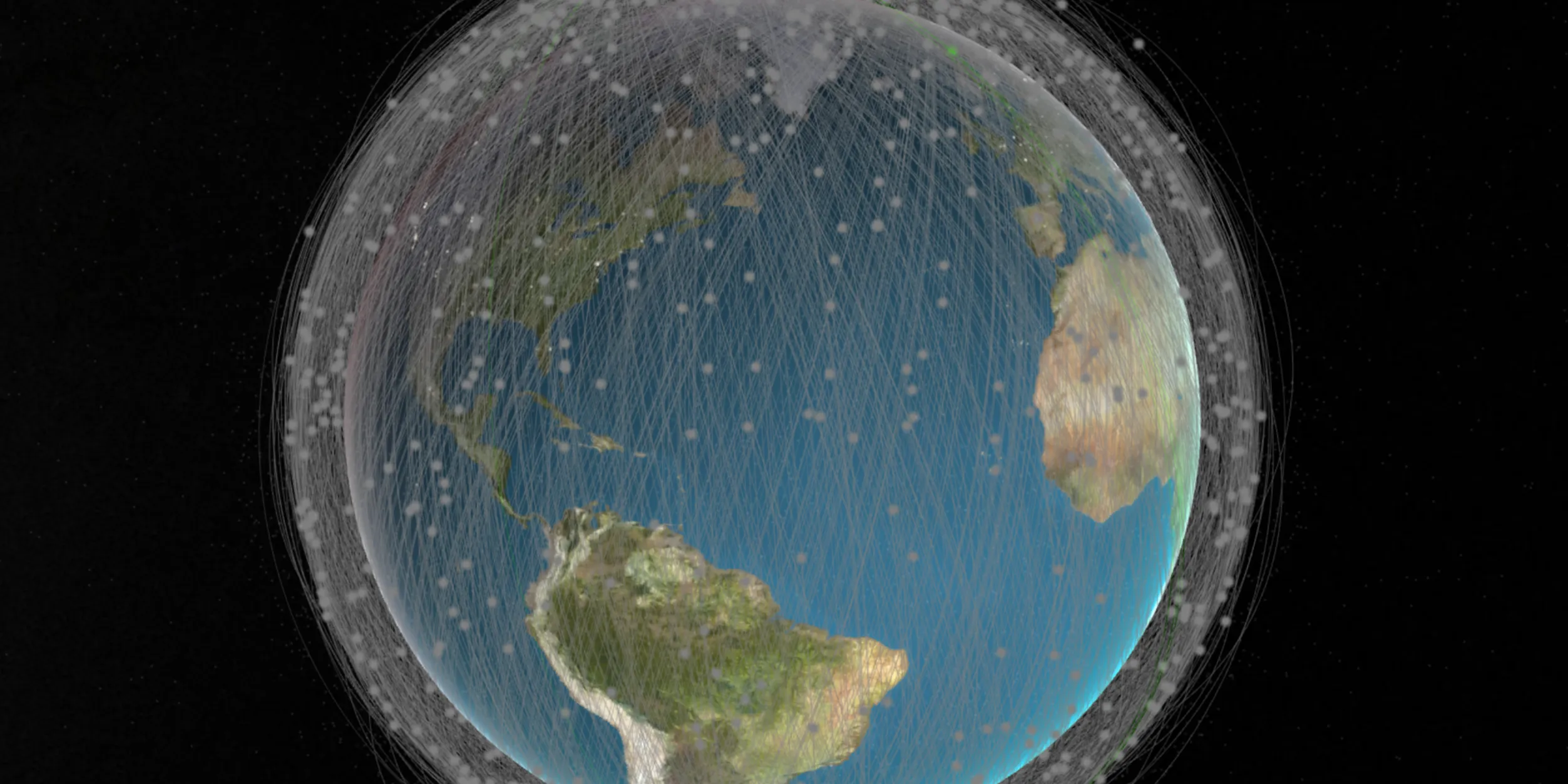
A catastrophic event occurred on February 10, 2009, when the functioning commercial satellite Iridium 33 collided with the inactive Russian satellite Kosmos 2251. The collision took place over Siberia at an altitude of 789 km. The outcome:
- Both satellites were decimated.
- The collision spawned over 1,800 pieces of trackable debris.
- By 2023, 1,183 fragments still orbited Earth.
This incident dramatically augmented the collision risk for satellites in low Earth orbit, underscoring the latent dangers of space debris.
2021 Russian Anti-Satellite Test
Russia conducted an anti-satellite missile test on November 15, 2021, where they deliberately disintegrated the defunct Cosmos 1408 satellite. The aftermath of this event:
- Over 1,500 pieces of trackable debris were produced.
- The altitude suggests these fragments will persist for decades.
This test endangered many satellites and necessitated emergency maneuvers by the ISS crew. The international community widely criticized the test, citing concerns for space sustainability.
The Consequences of Satellite Debris
The unchecked proliferation of orbital debris threatens the sustainable utilization of outer space. The ramifications include:
- Collisions with Active Satellites: Fragments from debris events heighten the risk of collisions, jeopardizing functioning satellites.
- Threats to Human Spaceflight: Debris avoidance maneuvers have become commonplace, especially for the ISS. The potential dangers have necessitated the conceptualization of shielded modules or emergency shelters for astronaut safety.
- Economic Impact: Space debris could compromise the commercial viability of space operations, potentially derailing space-based services and industries.
Measures to Combat Satellite Debris
There are several ongoing initiatives designed to tackle the space debris conundrum:
- Removal Satellites: Missions like ClearSpace aim to remove debris from orbit.
- Advanced Tracking: Upgraded Space Surveillance Networks and commercial providers bolster our capacity to monitor debris, helping avoid collisions.
- Mitigation Guidelines: Bodies like NASA’s Orbital Debris Program Office offer guidelines that promote best practices to curtail debris generation.
- International Cooperation: Global efforts are in progress to frame binding international laws barring debris-generating activities, such as ASAT weapon demonstrations.
Conclusion
The pressing issue of space debris, compounded by events like anti-satellite weapon tests and collisions, threatens future space missions. As our reliance on space-based activities escalates, the onus is on the global community to preserve space for upcoming generations. Tackling existing debris is a daunting task, but halting further debris generation through enhanced guidelines, tech advancements, and regulations is an achievable first step.
